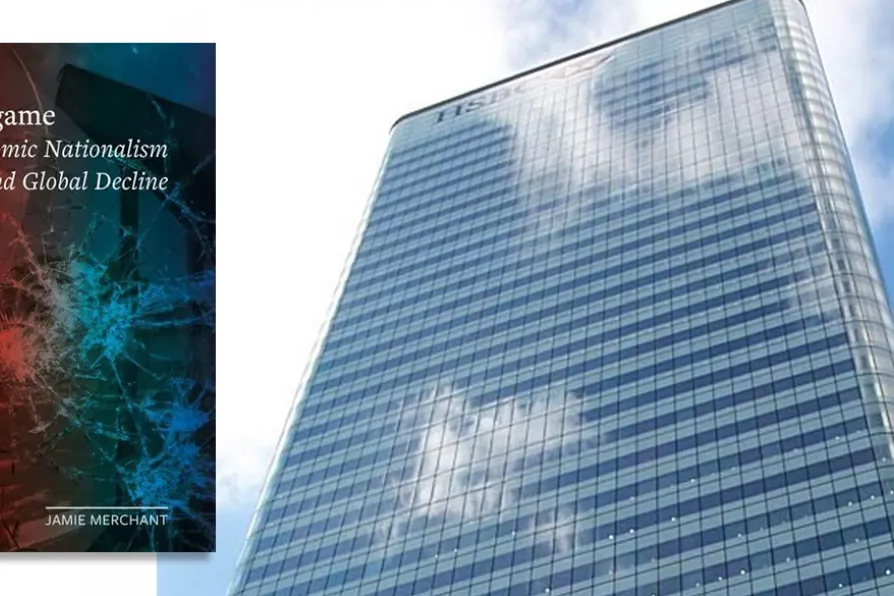MARIA DUARTE picks the best and worst of a crowded year of films

 WHERE ALL THAT IS SOLID MELTS INTO AIR: London HQ of HSBC, the largest Europe-based bank by total assets, 8 Canada Square, Canary Wharf, London
[Pic: Michael Pead/CC]
WHERE ALL THAT IS SOLID MELTS INTO AIR: London HQ of HSBC, the largest Europe-based bank by total assets, 8 Canada Square, Canary Wharf, London
[Pic: Michael Pead/CC]
Endgame: economic nationalism and global decline
Jamie Merchant, Reaktion, £15.95
JAMIE MERCHANT is media director for the Center for Progressive Strategy. He depicts the decline of capitalism, focusing on the US and British economies.
US real growth per head averaged 2.3 per cent from 1953 to 1973, 2 per cent from 1973 to 2007, and 0.7 per cent from 2007 to 2019. From 1950 to 1973, the world economy grew on average by 2.92 per cent per head, by 1.8 per cent from 1973 to 1990, then by 1.5 per cent, down to 1.2 per cent in 2019.

Washington’s tariff policies become explicable in light of the US economy’s relative decline and the astonishing rise of China, argues MICHAEL BURKE

The US president’s universal tariffs mirror the disastrous Smoot-Hawley Act that triggered retaliatory measures, collapsed international trade, fuelled political extremism — and led to world war, warns Dr DYLAN MURPHY












